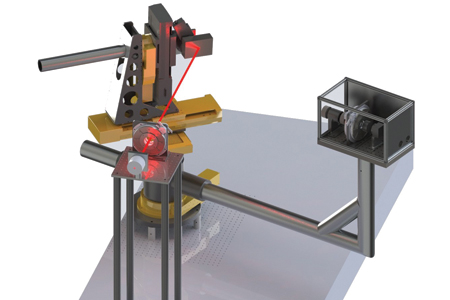Polarimetric Imaging For Target And Threat Identification
By Israel Vaughn, principal engineer, maxwell’s muse, llc, and a Ph.D. candidate in the Advanced Sensing Lab at the College of Optical Sciences, University of Arizona
Technological and theoretical advancements have polarimetric imaging poised to serve on battlefields in target and threat identification applications.
 Many attempts have been made to utilize polarimetric imaging and polarimetric measurements for target and threat identification (TTI) over the past 20 years. Polarimetric imaging is intrinsically promising to fill voids in current TTI schemes: The underlying phenomenology and imaging physics can yield improvements in target classification tasks that cannot be easily realized by other modalities, such as hyperspectral. The specific advantages of polarimetric imaging for a TTI context will be summarized here.
Many attempts have been made to utilize polarimetric imaging and polarimetric measurements for target and threat identification (TTI) over the past 20 years. Polarimetric imaging is intrinsically promising to fill voids in current TTI schemes: The underlying phenomenology and imaging physics can yield improvements in target classification tasks that cannot be easily realized by other modalities, such as hyperspectral. The specific advantages of polarimetric imaging for a TTI context will be summarized here.
We also will address some of the issues with polarimetric imaging, which include instrument complexity, computational limitations, lack of statistically robust polarimetric datasets, lack of generalization of contrast improvements from the lab to the field, and measurement bandwidth/speed limitations of polarimetric instruments. Advancements in the field of polarimetric instrumentation, made by our group and others, have reduced some of the risks of utilizing polarimetry for TTI. Although many of the insights about using polarimetric measurements for TTI or classification purposes began in the polarimetric SAR (synthetic aperture radar) community, we will focus here on imaging polarimetry in the optical wavelength regime.
Get unlimited access to:
Enter your credentials below to log in. Not yet a member of Photonics Online? Subscribe today.
